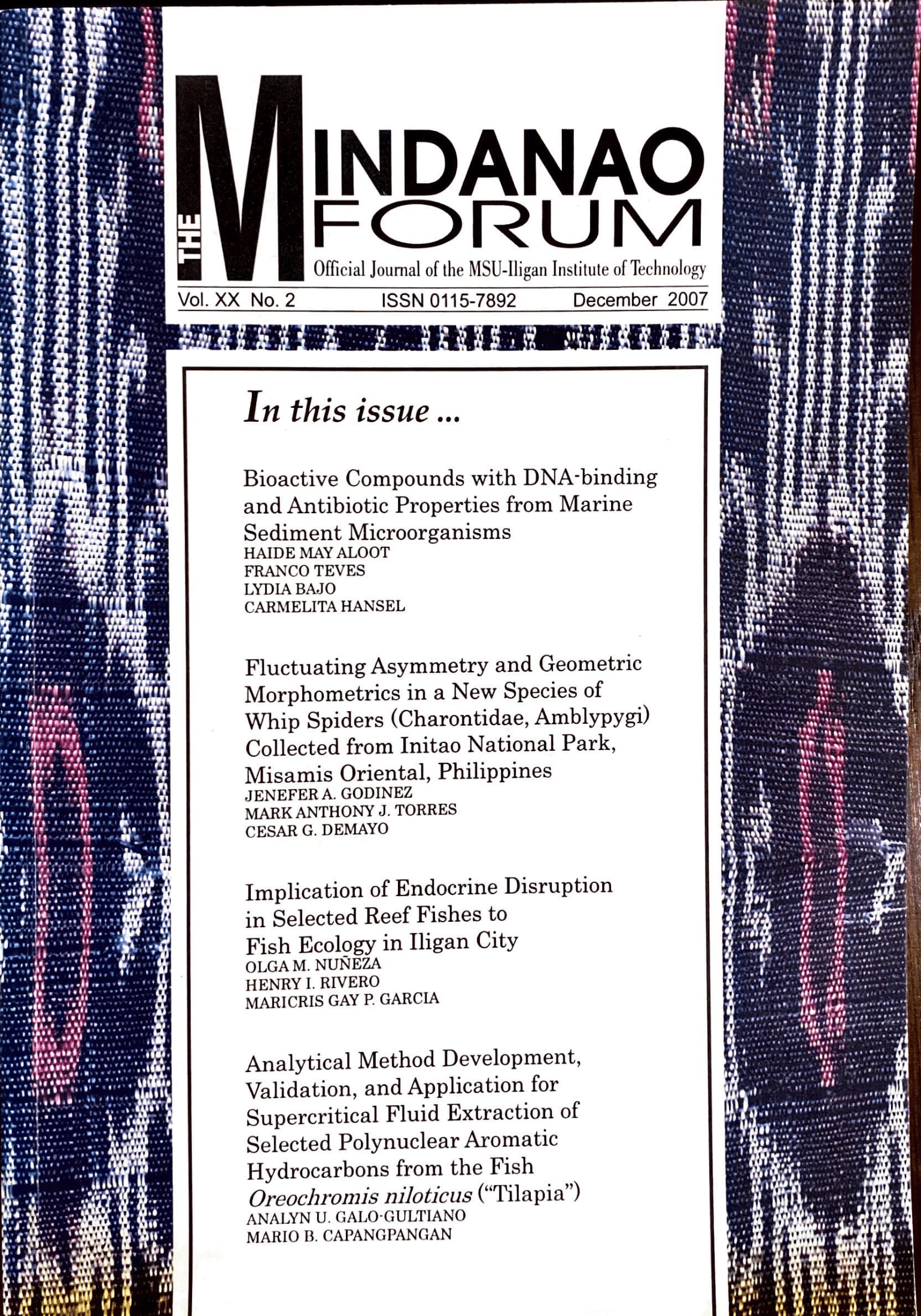Analysis of Petal and Sepla Shape Variation in Orchids of the Genus Vanda (Orchidaceae) by Elliptic Fourier Descriptors and Principal Component Analysis
Keywords:
Vanda, geometric morphometrics, elliptic Fourier analysis, chain codesAbstract
The shapes of the sepals and petals are important for orchids because of the commercial value of its flowers, and their form is a target characteristic for breeding. This study introduces a method that allows for the quantitative evaluation of the structures using elliptic Fourier descriptors and principal component analysis (PCA). This method describes petal and sepal shapes mathematically by transforming chain-coded contours into elliptic Fourier descriptors and summarizing it by PCA. To examine differences among the orchids, one-way analysis of variance was performed on the principal component scores. Results of the analysis showed that the mean shapes can be evaluated successfully and for use in systematics and classification of orchids. A number of significant principal components were generated to summarize shape differences-left sepals (7); right sepals (6); center sepals (5); left petals (8); right petals (7). Ordination of the first two principal components showed overlaps between the convex hulls delineating the different groups of orchids. However, ANOVA of the principal component scores was successful in detecting independent significant characteristics that vary significantly among the orchids. Among the most variable traits include the aspect ratio (length-width ratio) and the shape of the sinuses at the base of each petal and sepal. The overall shapes of the structures were also decomposed into symmetric and asymmetric components. The results were discussed in relation to the relative contribution of genetics and environmental factors in determining the shapes of petals and sepals; and that within an orchid flower the major source of the symmetrical elements is genotypic and the asymmetrical elements are strongly affected by the environment.





